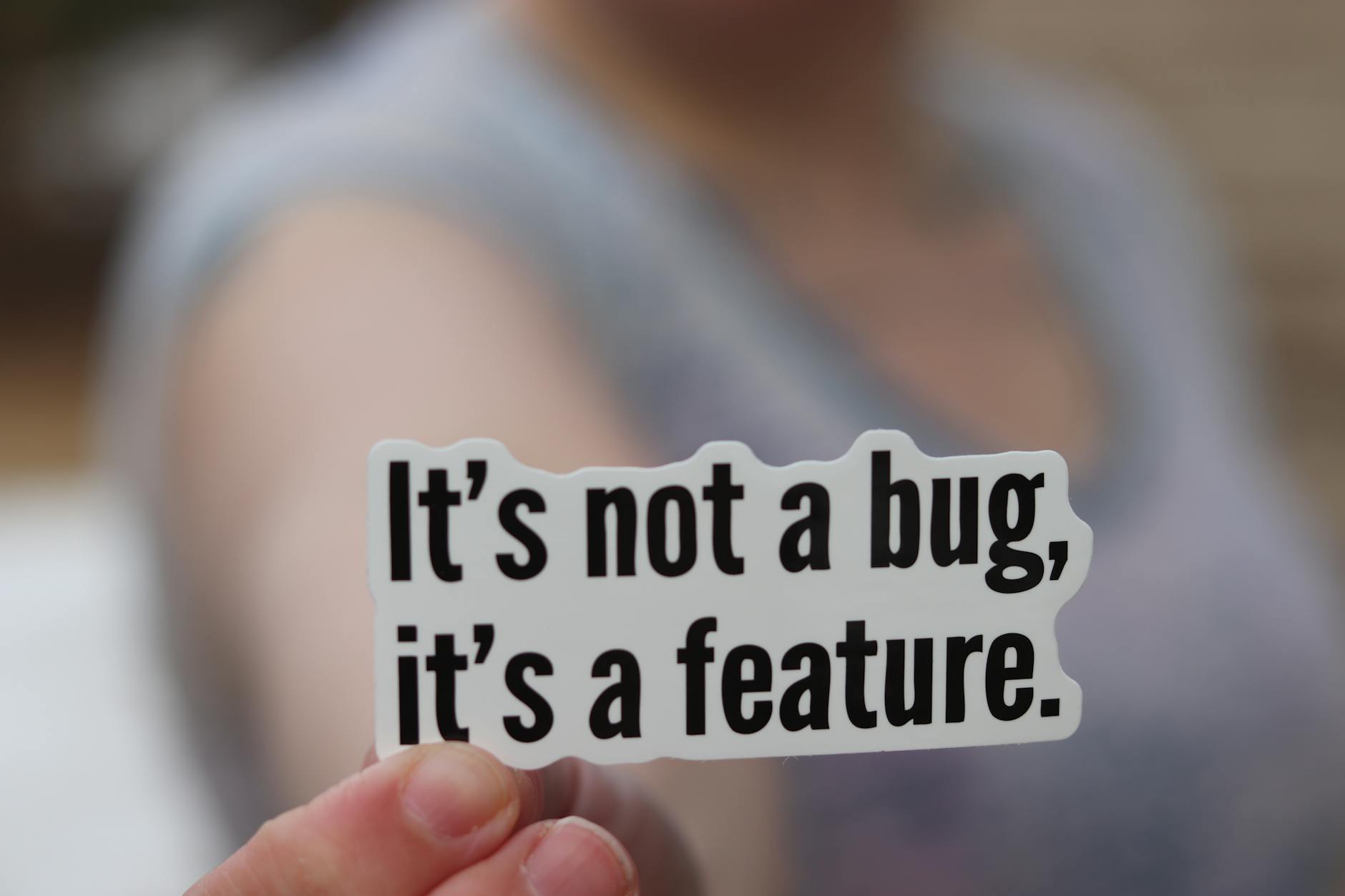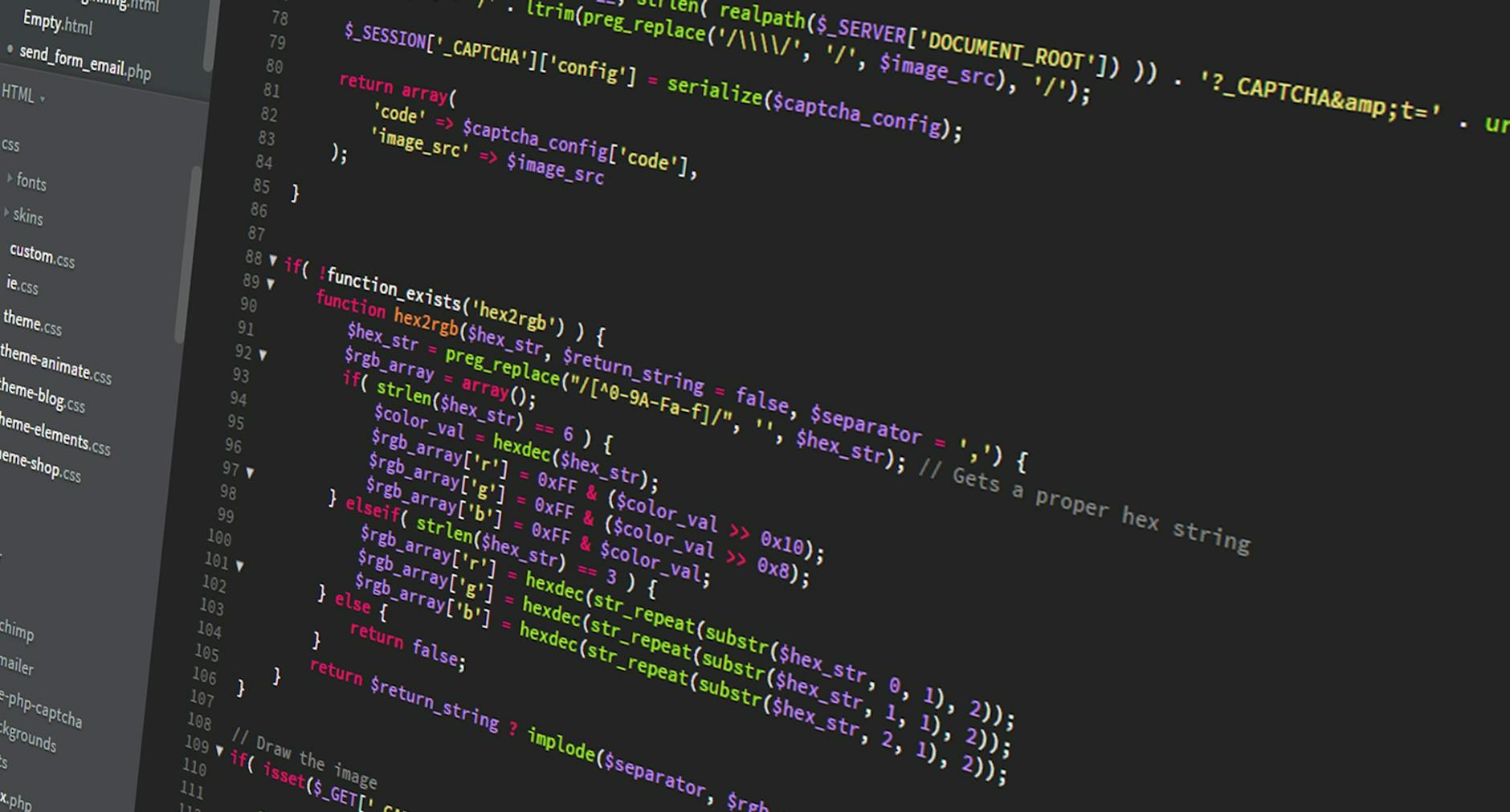C Programming Language Basics
Programming Languages Overview
Understanding Programming Languages
We’re living in times where coding languages basically drive everything digital. Getting a grip on these languages? It’s like learning the ABCs for making software work! Each one comes with its own set of rules and quirks, giving it that distinct flavor.
These languages are the secret codes we use to tell our computers what to do. The one we pick kinda decides how these instructions get scribbled and followed. For instance, languages like C and C++ dive into the nitty-gritty of memory handling, while Python is all about being straightforward and easy to read. Having a couple of these languages up your sleeve makes you adaptable and ready to face just about any coding conundrum.
Here’s a quick look at some common data types you’ll bump into in many languages:
| Data Type | What It Does |
|---|---|
| Integer | Whole numbers, up and down on the number line |
| Real | Numbers with decimals, like measuring fractions |
| Character | A single letter, number, or symbol |
| String | A line of characters strung together |
| Boolean | True or False, black or white – no in-between |
Other intricate data types might pop up, with some varying based on the language you’re playing with.
Importance of Choosing the Right Language
Picking the right coding lingo is like choosing the right tool for the job—it can make or break our projects. It changes up factors like how fast we can whip something up, how well it runs, and how easy it is to keep it going long-term.
Think about it—C language is a champ for systems programming thanks to its detailed control. On the flip side, Python’s your buddy for quick app development and trying out new ideas, thanks to its user-friendly nature and boatload of libraries. But if you’re diving into projects needing serious speed, like high-performance applications, maybe C++ or Rust fits the bill. Oh, and don’t overlook those ‘if’ statements—they’re how our code makes choices, acting just like decision-making in real life.
Curious about digging deeper into these languages? Check out our other posts on python programming language overview or introduction to c# language.
By figuring out and opting for the right coding language, we’re setting ourselves up to craft slick and snappy programs that nail exactly what our projects demand.
Memory Management in C++
Mastering memory handling is key for writing great C++ programs. C++ is all about giving us the reins to allocate and free up memory whenever we want.
Memory Allocation in C++
In C++, there are a couple of ways we can reserve memory: statically and dynamically. Local variables we declare are made on the stack during compile time, which is called static allocation.
For situations where we need dynamic allocation, we reach for new to grab memory from the heap while the program runs:
int* ptr = new int; // Grabbing space for a single integer
int* arr = new int[10]; // Grabbing space for an array of 10 integers
Once we allocate memory dynamically, it’s our job to keep memory management under control. Check out this table for a quick summary on allocation:
| Allocation Type | Syntax | Memory Location |
|---|---|---|
| Static Alloc | int x; |
Stack |
| Dynamic Alloc | int* p = new int; |
Heap |
For more about the types of data we’re dealing with in allocation, swing by our C programming language data types page.
Memory Deallocation in C++
In contrast to languages like Java that use something called garbage collection, C++ lets us handle memory cleanup ourselves using delete and delete[].
Here’s how to clean up memory:
delete ptr; // Releases space for that one integer
delete[] arr; // Releases space for that array of integers
Here’s what happens when we use delete:
- It checks if there’s a destructor and calls it, if there is.
- It frees up that piece of memory, making it again up for grabs for new allocations. This uses a memory management function like
::operator delete(), that does the memory housekeeping (Stack Overflow).
Handling memory in this way can be tricky, and not getting it right can cause memory leaks. After using delete, while the pointer sticks around, the memory it referenced gets invalid. So, if you dereference it, you’re asking for trouble (Stack Overflow).
To juice up memory management, C++ libraries keep a lid on how often they need to hustle back to the operating system, which smooths out how memory gets handled (VoltDB). Learning these tricks makes us more savvy at managing our code.
If you’re curious about other languages or want to see how C++ stands with them, we have guides on Python for beginners and an intro to C#.
Data Types in Programming
Introduction to Data Types
Hey there! Let’s have a little chat about data types in programming. They’re like the guideposts in coding land, helping us figure out what kind of stuff we’re dealing with and how our clever-bots—erm, computers—should handle it. Whether we’re talking numbers, letters, or those logical things that say “true” or “false,” data types are the ambassadors of information (Data Types – Programming Fundamentals). Taming these data types is big-time important if we want our code to run faster than a cat chasing a laser pointer, especially with languages like C, C++, Python, and C#.
Common Data Types in Programming
Let’s break down the regular suspects in the world of programming. These guys show up pretty often, and they’re usually up to the same tricks no matter where they pop up:
| Data Type | What’s It Do? | Example |
|---|---|---|
| Integer | Whole numbers, because fractions are for mathletes. | int a = 5; |
| Floating-Point | Numbers that like to float around with decimals. | float b = 3.14; |
| Character | Just a single letter strutting its stuff. | char c = 'A'; |
| String | A whole parade of characters, like a marching band. | string s = "Hello"; |
| Boolean | The yes/no binary champions. | bool isTrue = true; |
For more about the nitty-gritty of data types in C, check out our page on C programming language data types.
Integer: The go-to for storing whole numbers. Languages like C and C++ are fans of int for this gig. So you might go: int a = 10;.
Floating-Point: Perfect for when your numbers need a bit of wiggle. Think float or double if precision’s your jam. Splash it like: float pi = 3.14;.
Character: Just holding down a single character. C and its buddy C++ use char, so you could say: char letter = 'A';.
String: A collection of characters having a party. In C it’s character arrays, but languages like Python and C# use string to keep it neat. Think: string name = "Alice";.
Boolean: Your yes/no, true/false duo. C likes it when you do a little #include <stdbool.h> dance first. For example: bool isHappy = true;.
Knowing these data types keeps our memory stress-free, and programs cruising smoothly. If Python’s your starting point, our guide on python language for beginners is packed with tips. Also, for a broader stroke, there’s our python programming language overview.
Grasping these basics, we can jump into creating complex data structures and codes in languages like C, C++, Python, Rust, and C#. Who knows, maybe one day you’ll be coding a robot more clever than my guesstimates!
Declarations vs Definitions
When it comes to basics of C programming, getting the hang of declarations vs definitions is a must. Think of it like knowing the difference between a plan and actually building something. It’s the secret sauce for smooth, bug-free coding.
What Sets Declarations Apart from Definitions?
A declaration just introduces a name and its type—like a type, object, or function. It’s a heads-up to the compiler about something without actually giving it space or putting it into action. Declarations can show up many times in a program.
Here’s what that looks like:
extern int x; // Saying "Hey, there's a thing called x somewhere"
int add(int, int); // Telling about the function "add" without details
Now, a definition does the heavy lifting by declaring and allocating space or filling in how it works. This is what the brainy linker craves to tie up references to these goodies (source). In languages like C and C++, each identifier needs one, well-done definition.
Check this out:
int x = 10; // Sets up "x" with a defined value
int add(int a, int b) { // Puts the "add" function into action
return a + b;
}
Why Are Declarations and Definitions Important?
Grasping why declarations and definitions matter is key to ace programming in C and C++. Here’s how they help:
-
Memory Tricks: Declarations inform the compiler about types and scopes, while definitions nab the space. Spotting the difference means you can juggle memory like a pro (source).
-
Dodge Errors: Using declarations and definitions the right way can fend off those annoying linker errors. Miss out on defining something you’ve declared, and boom—the linker sets off alarm bells. It’s a checks and balances kind of deal.
-
Tidy Code: Declarations let you keep your code organized—headers carry them, leaving source files to channel the magic. That way, tweaks stay tucked away, not messing with the bigger game.
-
Reuse Power: Name it many times, but spin the definition just once. Declaring with
externlets you share the wealth across files without drama.
See the lineup:
| Identifier | Declaration Spot | Definition Spot |
|---|---|---|
| Variable | extern int y; |
int y = 5; |
| Function | int multiply(int, int); |
int multiply(int a, int b) { return a * b; } |
Tuning into declarations and definitions is a cornerstone of nailing C programming prowess. For a broader learn trip, check out our takes on getting comfy with Python and an intro to C#.
Conditional Statements in C
Conditional statements are like the GPS of a programming language—they guide your code to take the right path. In C, these statements enable our programs to make decisions, executing certain blocks only if specified conditions are met. If you’re just dipping your toes into C programming basics, grasping these concepts is a game-changer.
Purpose and Use of Conditional Statements
They’re not just lines of code—they’re the deciders. Conditional statements direct the flow of what your program does based on certain criteria, much like choosing between Netflix and a book on a lazy Sunday. True or false, they shape the brain of dynamic, interactive programs, lending them decision-making prowess (GeeksforGeeks).
Types of Conditional Statements
C has a toolbox full of conditional statements to fit whatever decision-making complexity your program might need. Say hello to if, if-else, and switch—each with its own flair.
if Statement
The if statement is the simplest form. It’s that friend who tells you to take an umbrella only if it’s raining. It’s straightforward and gets the job done.
if (condition) {
// Code hops in here if condition ain't lying
}
Example:
int x = 10;
if (x > 5) {
printf("x is greater than 5");
}
if-else Statement
Sometimes you need a plan B, and that’s where if-else steps up. It directs the code down one path if something’s true or sends it another way if it isn’t (GeeksforGeeks).
if (condition) {
// Got it? Do this
} else {
// Nope? Then do this
}
Example:
int x = 10;
if (x > 15) {
printf("x is greater than 15");
} else {
printf("x is not greater than 15");
}
switch Statement
When there’s a need to check a variable against multiple possible values, switch is your efficient navigator. Think of it as a mini GPS with pre-set routes (GeeksforGeeks).
switch (variable) {
case value1:
// Do this if it's value1
break;
case value2:
// Or this for value2
break;
// Keep on keepin' on with more cases
default:
// If all else fails, do this
}
Example:
int day = 3;
switch (day) {
case 1:
printf("Monday");
break;
case 2:
printf("Tuesday");
break;
case 3:
printf("Wednesday");
break;
default:
printf("Other day");
}
Want more insight on data types relevant to conditional statements? Check out our piece on C programming language data types. Hungry for more on loop control? Dive into looping concepts in programming.
Looping Concepts in Programming
When you’re coding with the basics of C programming, loops are your trusty sidekicks. They help you repeat a chunk of code over and over, which makes your program play nice and neat.
Basics of Program Loops
Think of a program loop like your favorite song on repeat. There are two main things: the lyrics (the loop’s body) and the button that decides if the song keeps playing (the control condition) (lessons2all). So, the body of the loop holds the action you wanna do again and again. The control condition? Well, it’s the boss that says when to keep rocking and when to stop.
When the control condition gives the green light (true), the loop jumps into action, and checks the condition again after execution. Imagine a while loop where, if the condition rings true, you’ll see the loop doing its thing (lessons2all):
int i = 0;
while (i <= 10) {
printf("%d\n", i);
i++;
}
Here, the while loop is like a counter at a carnival, counting from 0 to 10 because the condition i <= 10 is set to true.
Control Structures in Loops
Now, loops come with different vibes, mainly defined by when they check their bossy control condition. We call them entry-controlled and exit-controlled:
- Entry-Controlled Loops: They peek at the condition before doing anything – they’re the cautious types.
whileandforloops are of this kind. - Exit-Controlled Loops: These are the laid-back ones, checking the condition after having a go at the loop.
do-whileis your guy here.
Here’s a quick lookup table just in case:
| Loop Type | Condition Checked | Example |
|---|---|---|
| Entry-Controlled | Before doing the loop jig | while, for |
| Exit-Controlled | After strutting their stuff | do-while |
But hey, remember, with entry-controlled loops, if things aren’t perfect from the get-go, it sits it out (lessons2all):
int i = 0;
while (i <= 10) {
printf("%d\n", i);
i++;
}
On the flip side, an exit-controlled loop likes to party at least once, no matter what:
int i = 0;
do {
printf("%d\n", i);
i++;
} while (i <= 10);
For everyone in the coding scene, whether you’re a pro or just getting your feet wet, knowing your loops inside and out is like having a secret weapon for writing that killer C code. Entry-controlled or exit-controlled, choosing your loop sparingly for each task can make you the star coder. Dig deeper into other cool C programming tricks by checking out our articles on C programming language data types or lean into our Python programming language overview.













